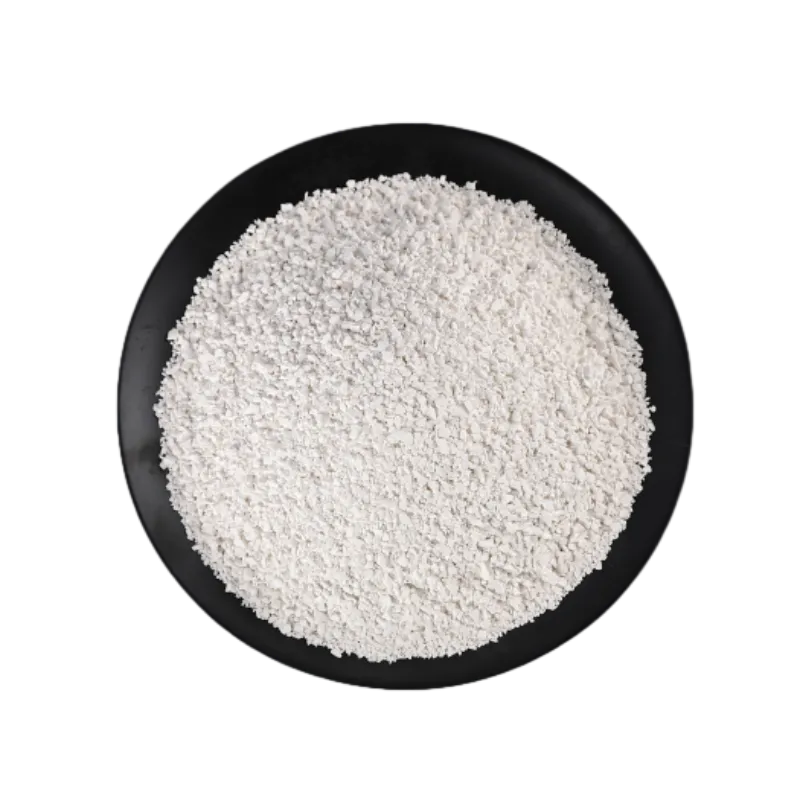
Pro . 10, 2024 10:43 Back to list
Exploring the Benefits and Uses of Clay Tiles in Modern Design
The Timeless Appeal of Clay Tiles
Clay tiles have been a popular building material for centuries, admired for both their aesthetic qualities and functional benefits. From ancient civilizations to contemporary architecture, clay tiles have served as a vital component in various forms of construction, particularly in roofing and flooring. Their enduring popularity can be attributed to their durability, versatility, and natural beauty.
Historical Significance
The use of clay tiles dates back to ancient times, with evidence found in civilizations such as the Chinese, Greeks, and Romans. In early architectural practices, clay tiles were essential for creating durable roofs that effectively protected structures from the elements. The terracotta tiles of ancient Rome, for example, were not only practical but also exemplified the artistry of the time. These tiles were often glazed in vibrant colors, serving as a form of exterior decor that complemented the grand architecture of Roman temples and villas.
Throughout history, different cultures have adopted and adapted the use of clay tiles to suit their climatic conditions and aesthetic preferences. In Spain, for instance, the traditional azulejos are intricately painted ceramic tiles that adorn homes, buildings, and public squares, showcasing elaborate designs that tell stories of the region's rich history. Similarly, Italian roof tiles, known as coppi, have been crafted for centuries, blending functionality with elegance in the design of Mediterranean homes.
Benefits of Clay Tiles
One of the primary reasons for the enduring popularity of clay tiles is their remarkable durability. Made from natural clay, these tiles can last for decades, if not centuries, when properly maintained. They are resistant to fire, rot, and insects, making them an ideal choice for regions prone to wildfires or heavy rainfall. Additionally, clay tiles can withstand extreme temperature variations, which is why they remain popular in both hot and cold climates.
Beyond their durability, clay tiles are also an environmentally friendly choice. They are made from natural materials and are recyclable, reducing their environmental footprint. Unlike synthetic materials, clay tiles do not emit harmful chemicals, making them a safer option for both indoor and outdoor applications. Furthermore, the processes involved in creating clay tiles are often low-impact compared to other roofing materials, aligning with the growing trend towards sustainable building practices.
clay tiles

Aesthetic Versatility
Another significant advantage of clay tiles is their aesthetic versatility. Available in a wide array of colors, shapes, and textures, clay tiles can harmonize with various architectural styles, from rustic and traditional to sleek and modern. Homeowners and architects can choose from flat, curved, or patterned tiles, allowing for unique roof designs and striking facades.
Clay tiles also lend themselves well to artistic expression. The use of handcrafted tiles allows for customization, enabling homeowners to incorporate personal flair into their spaces. Whether it’s a splash of color in a kitchen backsplash or a decorative border in a garden path, clay tiles can elevate the visual appeal of any area.
Modern Applications
In recent years, the resurgence of interest in traditional and sustainable building materials has further solidified clay tiles' position in contemporary architecture. From eco-friendly homes to luxury estates, the versatility and timeless appeal of clay tiles have made them a go-to choice for architects and builders. Innovations in manufacturing have also introduced new techniques, enabling the production of even more durable and technically advanced tiles.
As homeowners increasingly seek to create spaces that reflect their values—be it through sustainability, craftsmanship, or aesthetics—clay tiles stand out as a remarkable option. They offer the ability to blend the old with the new, ensuring that while our architectural styles evolve, the charm and functionality of clay tiles will continue to shine through.
Conclusion
In conclusion, clay tiles represent a harmonious blend of history, durability, aesthetic appeal, and environmental consciousness. Their ability to adapt to contemporary needs while retaining their traditional charm makes them a timeless choice in the world of architecture. As we move further into the future, it is clear that clay tiles will continue to play an essential role in creating beautiful and sustainable spaces for generations to come.
-
Premium Stone Coated Metal Roof Tiles | Spain Tile
NewsAug.05,2025
-
Types of Roof Shingles: Durable Styles & Materials
NewsAug.04,2025
-
Different 3 Tab Shingles Types | Affordable & Durable Roofing
NewsAug.03,2025
-
Premium Round Asphalt Shingles: Durable & Elegant Roofing
NewsAug.01,2025
-
Eco-Friendly Clay Tiles | AI-Enhanced Durability
NewsJul.31,2025
-
Durable Shingle Granules for Premium Roofs
NewsJul.31,2025







